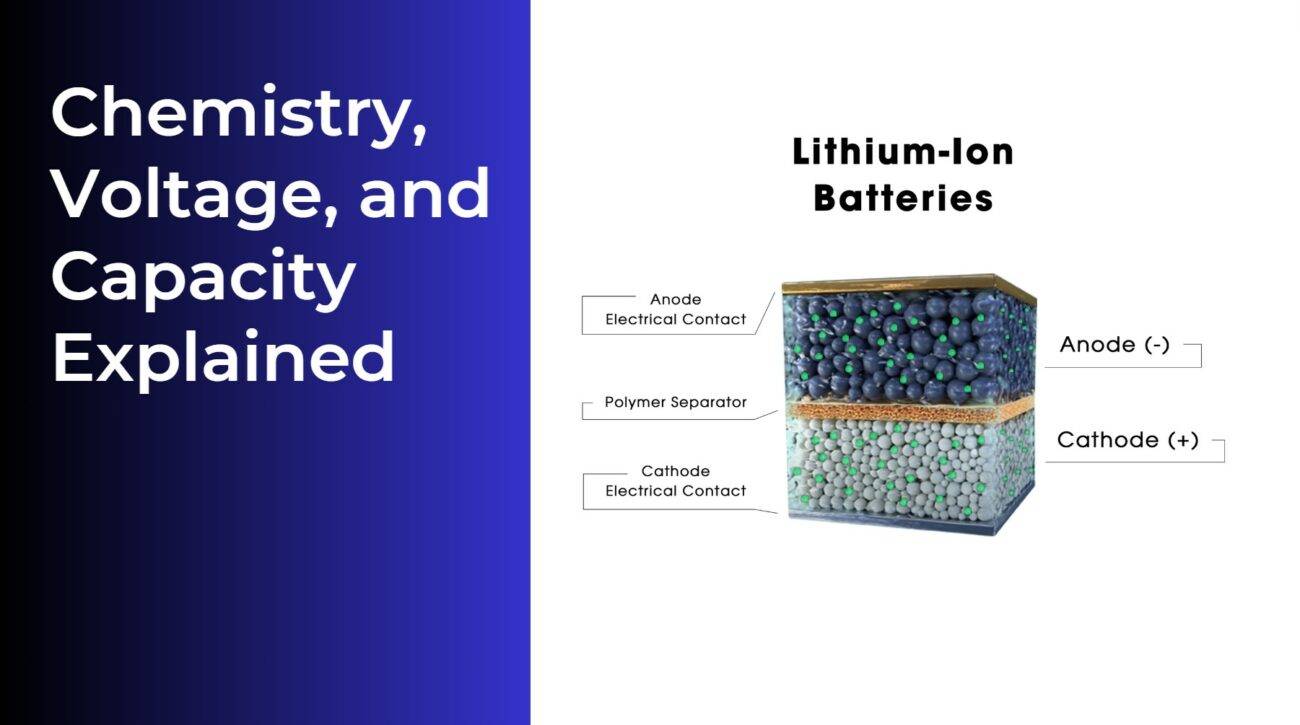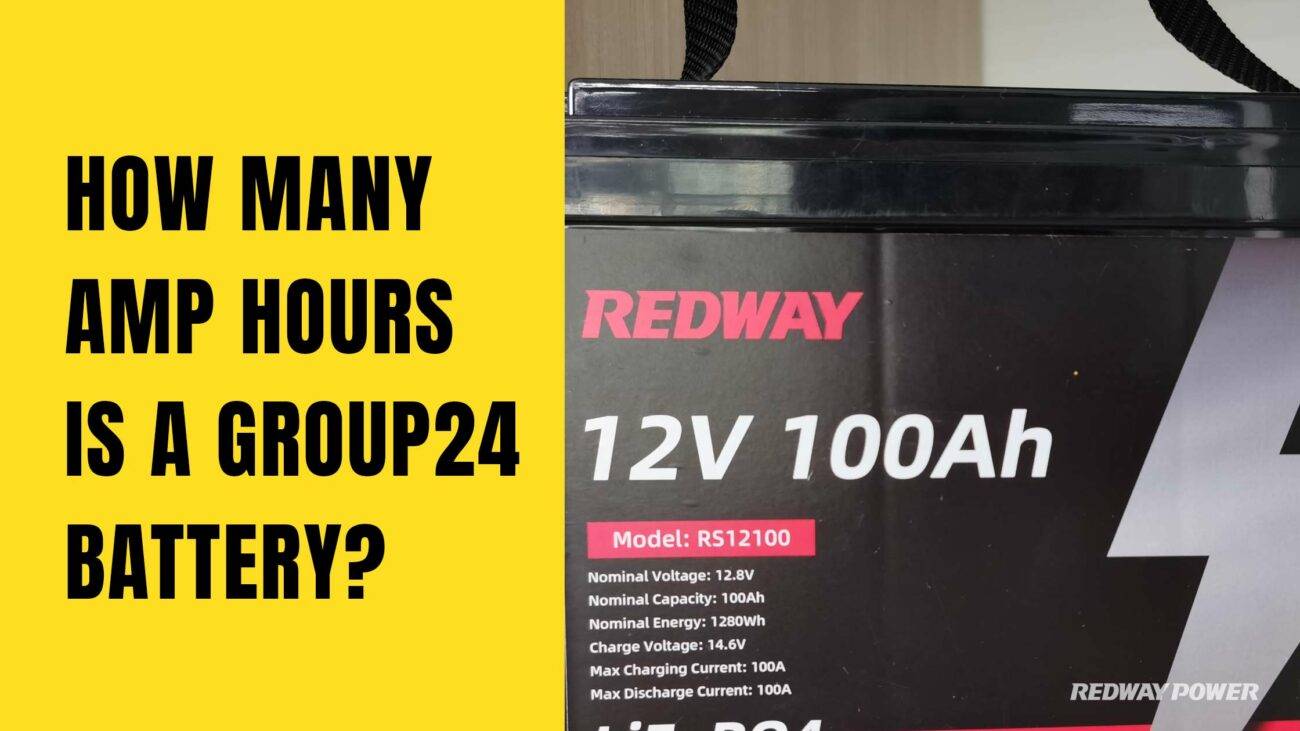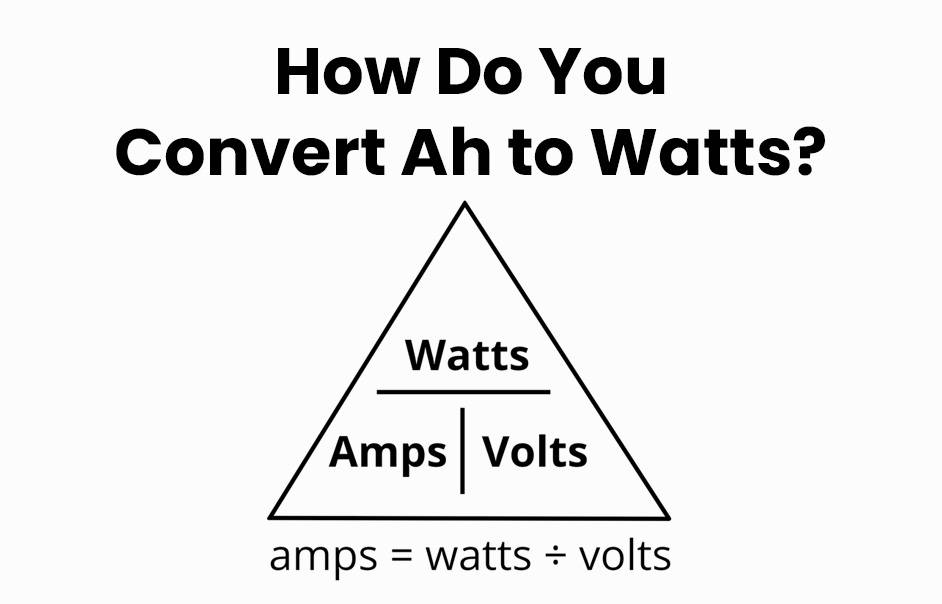- Forklift Lithium Battery
- Golf Cart Lithium Battery
- Rack-mounted Lithium Battery
51.2V 100Ah Rackmount LiFePO4 Battery
8000 times (80% DOD 0.5C)
Optional SNMP for TELECOM - Car Starter Battery
- 12V LiFePO4 Battery
12V 150Ah Lithium RV Battery
Bluetooth App | Self-heating
LiFePO4 | Group 31
UL 1642 | IEC 62619 - 24V LiFePO4 Battery
- 36V LiFePO4 Battery
- 48V LiFePO4 Battery
- 60V LiFePO4 Battery
60V 100Ah Lithium Battery (AGV, AMR, LGV)
Peak Discharge Current 400A
500 x 298 x 349 mm - 72V~96V LiFePO4 Battery
72V 100Ah Lithium Golf Cart Battery
Peak Discharge Current 315A (10S)
740 × 320 × 246 mm - Wall-mounted Lithium Battery
51.2V 100Ah 5kWh
Wall-mounted Battery532 x 425 x 170 mm / LiFePO4
>8000 Cycles (80% DOD 0.5C)
RS485 / CAN-bus
for Solar Home ESS - Home-ESS All-in-One
51.2V 32kWh
All-in-On HESS SystemPowerAll
51.2V / LiFePO4
>8000 Cycles (80% DOD 0.5C)
RS485 / CAN-bus / WiFi
All-in-One for Home ESS
How Amp Hours Relate to Battery Capacity

Amp hours (Ah) define a battery’s capacity by indicating how much electric charge it can store and deliver over time. Simply put, amp hours measure the amount of current a battery can supply continuously for one hour before depletion. Understanding Ah helps users gauge battery life, performance, and suitability for specific energy needs. Redway Power’s expertise ensures accurate battery capacity design with optimal amp hour ratings for diverse applications.
What are amp hours and how do they measure battery capacity?
Amp hours represent the total electric charge a battery can deliver at a specific voltage over one hour. For example, a 100 Ah battery can provide 1 amp for 100 hours or 10 amps for 10 hours—though actual runtime adjusts based on usage and battery chemistry. The Ah rating is crucial to understanding how long a battery can power devices before needing recharge.
How does amp hour rating affect battery runtime and usage?
The higher the amp hour rating, the longer the battery can supply current before running out. Amp hours help forecast how long a battery will power loads of varying current. However, the actual runtime depends on battery discharge rates, load variability, and efficiency losses. Amp hours provide a practical estimate but not a fixed duration for all situations.
What is the relationship between amps, time, and amp hours?
Amp hours are calculated by multiplying the current (in amps) drawn from the battery by the time (in hours) it is drawn. The formula is:
Amp Hours (Ah)=Current (A)×Time (h)
This relation helps convert between how much current a battery can deliver and for how long, guiding proper battery sizing.
How do battery discharge rates impact amp hour capacity?
Batteries exhibit reduced capacity at higher discharge rates due to chemical and physical limitations, as explained by Peukert’s Law. For instance, a battery rated at 100 Ah at a 20-hour rate may deliver fewer amp hours at very high currents, meaning faster discharge reduces usable capacity.
How do amp hours compare to watt hours in expressing capacity?
Amp hours measure electric charge, while watt hours (Wh) measure total energy capacity, factoring in voltage. The relationship is:
Watt Hours (Wh)=Amp Hours (Ah)×Voltage (V)
Watt hours provide a more comprehensive measure of battery energy, useful for comparing batteries of different voltages.
How does battery chemistry influence amp hour rating?
Different battery chemistries like lead acid, lithium-ion, or NiMH have varying energy densities and discharge characteristics affecting their amp hour ratings at specific sizes and weights. Lithium batteries typically offer higher Ah for the same volume compared to lead acid batteries, impacting performance and application suitability.
How can amp hours guide proper battery selection for devices?
By matching device current demands and expected runtime, amp hours let users choose batteries that supply sufficient power. For intermittent or fluctuating loads, selecting a battery with ample Ah ensures reliable operation without frequent recharging or deep discharges that shorten battery life.
How does Redway Power design batteries around amp hour capacity?
Redway Power utilizes advanced manufacturing execution systems (MES) and smart battery management systems (BMS) to optimize battery pack amp hour capacity tailored to OEM specifications. Their expertise allows customization of lithium battery packs that balance size, capacity, safety, and longevity for forklifts, golf carts, telecom, and other applications.
Chart: Example of Amp Hour Ratings and Corresponding Current-Time Combinations
| Amp Hour Rating | Current Draw (Amps) | Runtime (Hours) |
|---|---|---|
| 100 Ah | 1 | 100 |
| 100 Ah | 5 | 20 |
| 100 Ah | 10 | 10 |
| 100 Ah | 20 | 5 |
Chart: Comparison of Battery Chemistries by Amp Hour Efficiency
| Battery Type | Energy Density (Wh/kg) | Typical Amp Hour Rating for Size |
|---|---|---|
| Lead Acid | 30-40 | Lower |
| Lithium-ion | 150-250 | Higher |
| NiMH | 60-120 | Medium |
Redway Power Expert Views
“Amp hours serve as a foundational metric in battery design and selection, indicating how much current a battery can reliably supply over time. At Redway Power, we engineer lithium battery packs that maximize usable amp hours without compromising size or safety, leveraging cutting-edge battery management systems and precision manufacturing to deliver superior performance across diverse industries.” — Expert, Redway Power
Conclusion
Amp hours provide a practical measure of battery capacity by quantifying the total charge deliverable over time, helping users understand and compare battery runtimes. While amp hours offer estimates, real-world performance depends on discharge rates, device demand, and battery chemistry. Redway Power’s advanced OEM manufacturing expertise ensures battery solutions with optimized amp hour capacities for enhanced energy storage and reliability.
FAQs
Q: What does a 50 Ah battery mean?
A: It means the battery can supply 50 amps for 1 hour, or 1 amp for 50 hours under ideal conditions.
Q: Can battery runtime be directly calculated from amp hours?
A: Runtime estimates based on Ah are approximate because actual load and discharge rates affect performance.
Q: How do amp hours impact battery size and weight?
A: Higher Ah ratings usually mean larger and heavier batteries, but lithium technology can achieve higher Ah in smaller sizes.
Q: Are amp hours the only important factor in battery capacity?
A: No, voltage, discharge rate, battery chemistry, and environmental conditions also impact effective capacity.
Q: How does Redway Power improve battery capacity?
A: Redway Power uses precise manufacturing and smart BMS to maximize safe, reliable amp hour capacity tailored to applications.




























